Iceland has the safest roads in the world.
Po official statistics European Union, in 2023 the mortality rate on Iceland’s roads was 2.1 per 100 thousand people. For comparison, in Germany this figure is 3.4, in France – 4.8, and in Russia in 2024 planned reduce it to 8.4.
Iceland’s leadership is no accident. On the contrary, it is a combination of several factors at once.
Briefly
How many roads are there in Iceland
Ring Road
Iceland has 13 thousand kilometers of roads and a population of 382 thousand people. In Russia, for example, there are 1.5 million km of roads (with a population of 146 million), and in the USA – 7 million km (333 million people). What can I say, in the Krasnodar region alone there are over 42 thousand kilometers of roads.
And although Iceland is among the leaders in the number of roads per capita, far ahead of the United States, other European countries and Russia in this indicator, first of all you need to understand that there are simply few roads and much fewer cars in Iceland.
The country has calm traffic and the roads themselves are very simple. There are no multi-lane highways, complex junctions, and the maximum speed on the highways is limited to 90 km/h (in cities 30-50 km/h).
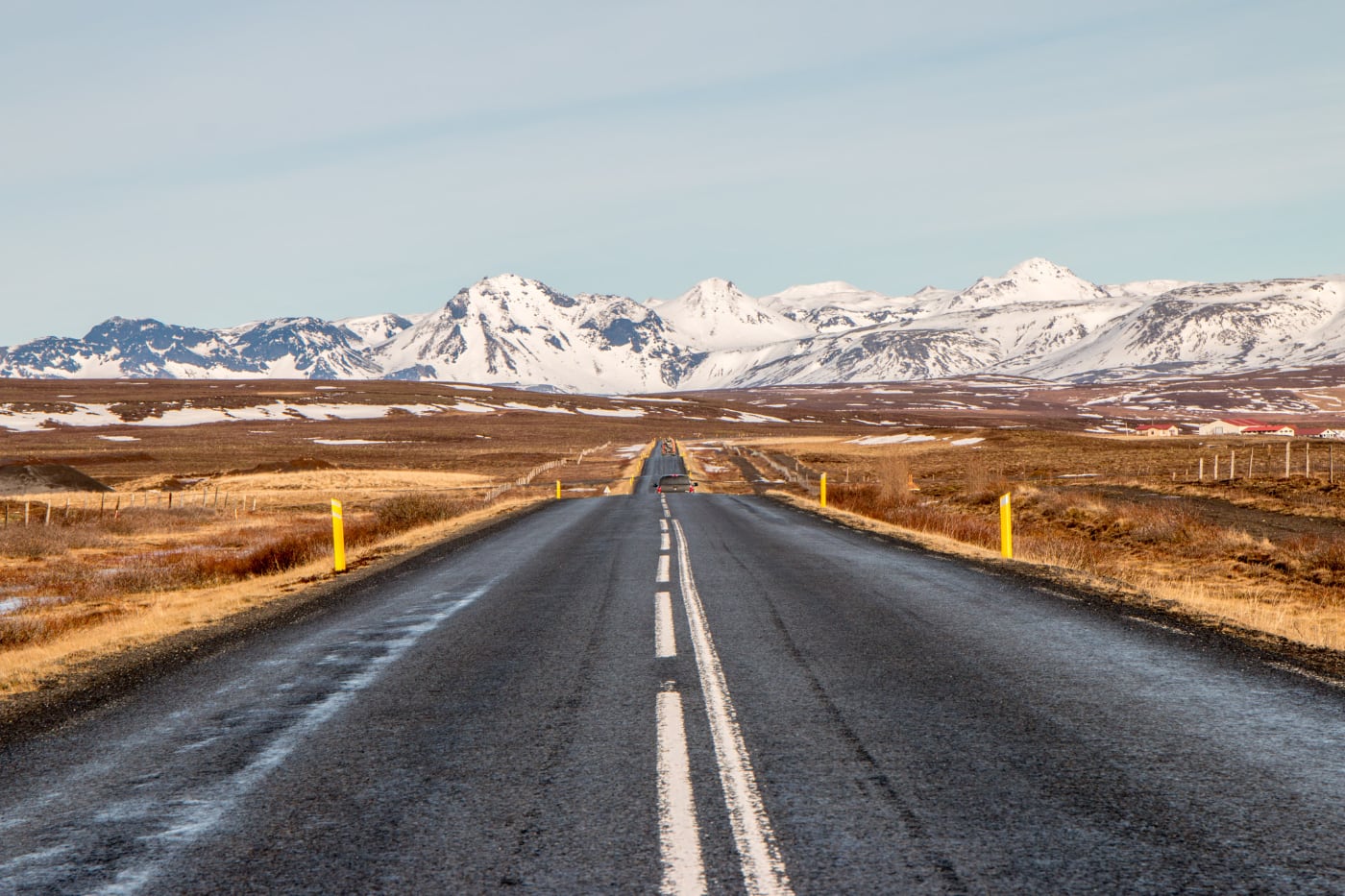
Ring Road
The quality of roads in Iceland is also at a good level. The ring road that runs through the entire country is made of high-quality asphalt. Large holes are not found on it, because they are promptly sealed. There are markings and signs along the entire road warning of various changes on the road.
The ring road is the main one among travelers. Driving along it, you can see the main attractions of the country, so this route receives a lot of attention from the authorities.
Outside large cities and intercity highways, there are a lot of dirt roads on which cars also drive. The speed limit on unpaved roads is 80 km/h, but they are often driven at lower speeds.
How climate and geography affect movement
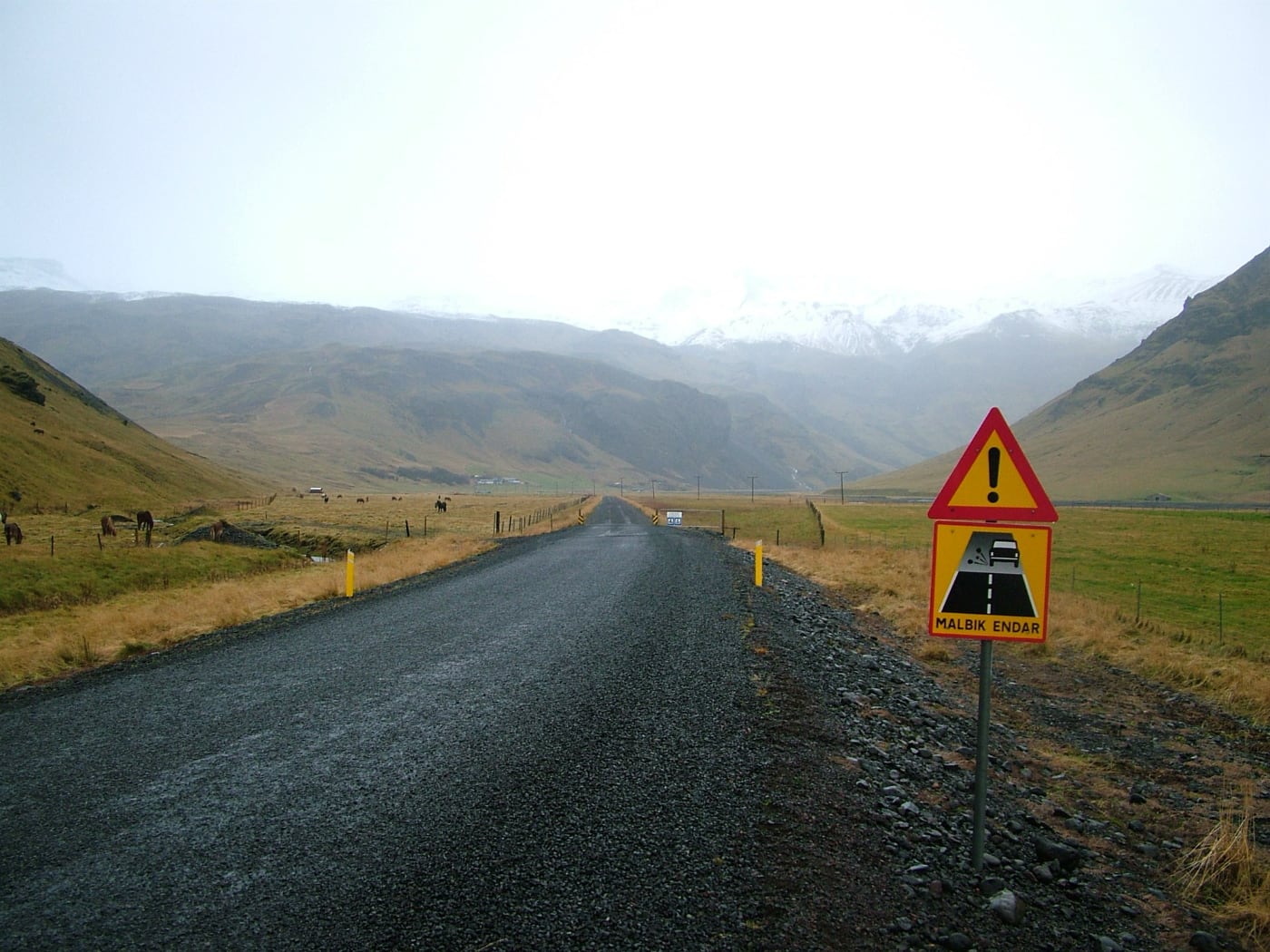
Iceland is a high mountainous country with difficult terrain, which is directly reflected in the roads.
In the country There is several signs that, for example, are very rare in Russia:
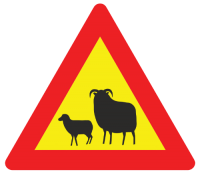
︎ Sheep on the road: Sheep or other animals may be passing on the road

︎ Single lane bridge: you need to slow down to 50 km/h and let the car that is moving on the bridge or the first to start moving pass
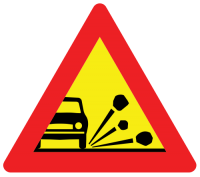
︎ gravel road: this sign is very common, you need to slow down in front of it so as not to lose traction
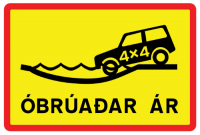
︎ Rivers without bridges: there are one or more rivers ahead without bridges. Only suitable for large 4WD SUVs
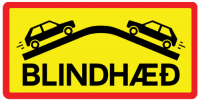
︎ Blind climb: you need to keep to the right side of the road, because there may be another car coming towards you
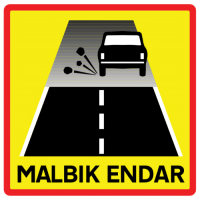
︎ The asphalt road changes to gravel: you need to slow down so as not to lose traction when leaving the asphalt
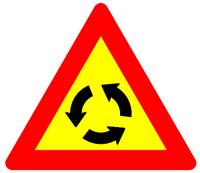
︎ Roundabout: when exiting the roundabout, the inner row has priority. You can leave the outer lane only at the first exit
The country also has single-lane roads that can only be driven by one car.
Driving in summer and winter in Iceland has its own challenges.
Some roads may be closed all summer or for several months. You cannot drive on them under any circumstances.
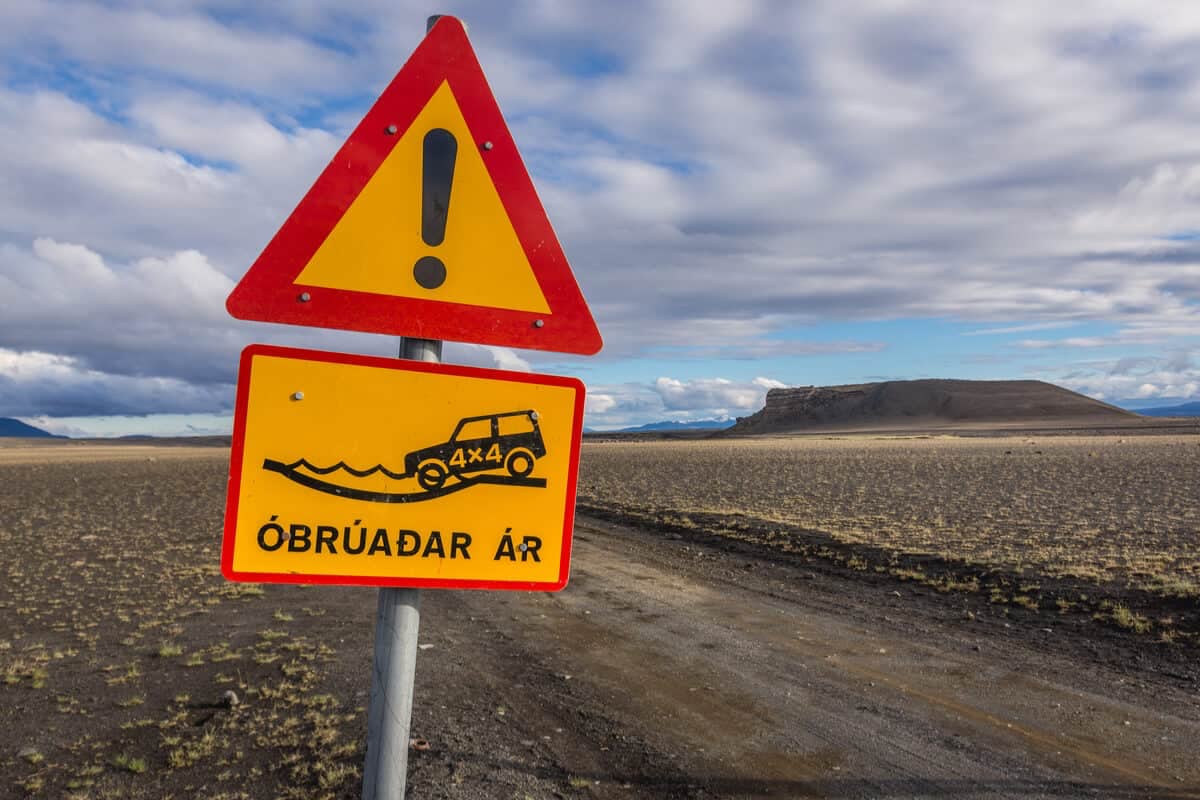
In winter, it is recommended to drive a four-wheel drive vehicle with studded tires, and also have a shovel, warm clothes and a supply of water and food in case the car gets stuck somewhere, because you may have to wait a long time for help.
Vehicles must only be driven with low beams at all timeseven if they have daytime running lights and a light sensor.
If oncoming drivers flash their headlights at you, this is probably a signal that your low beams are not on, and for this relies fine 20 thousand Icelandic kronor or 13.6 thousand rubles.
What about alcohol?
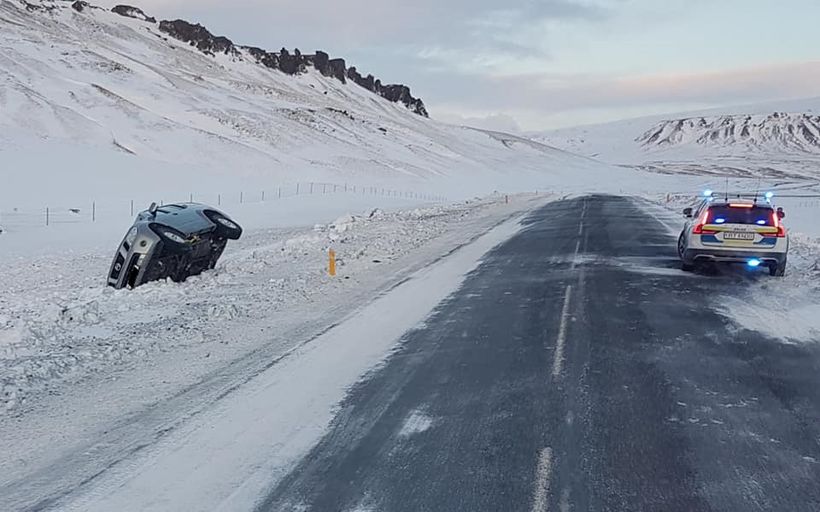
In Iceland it is not customary to drive under the influence of alcohol or drugs. The country has very strict laws.
Permissible amount of alcohol in blood amounts to 0.02 ppm. For comparison, in Russia this limit is 0.3 ppm.
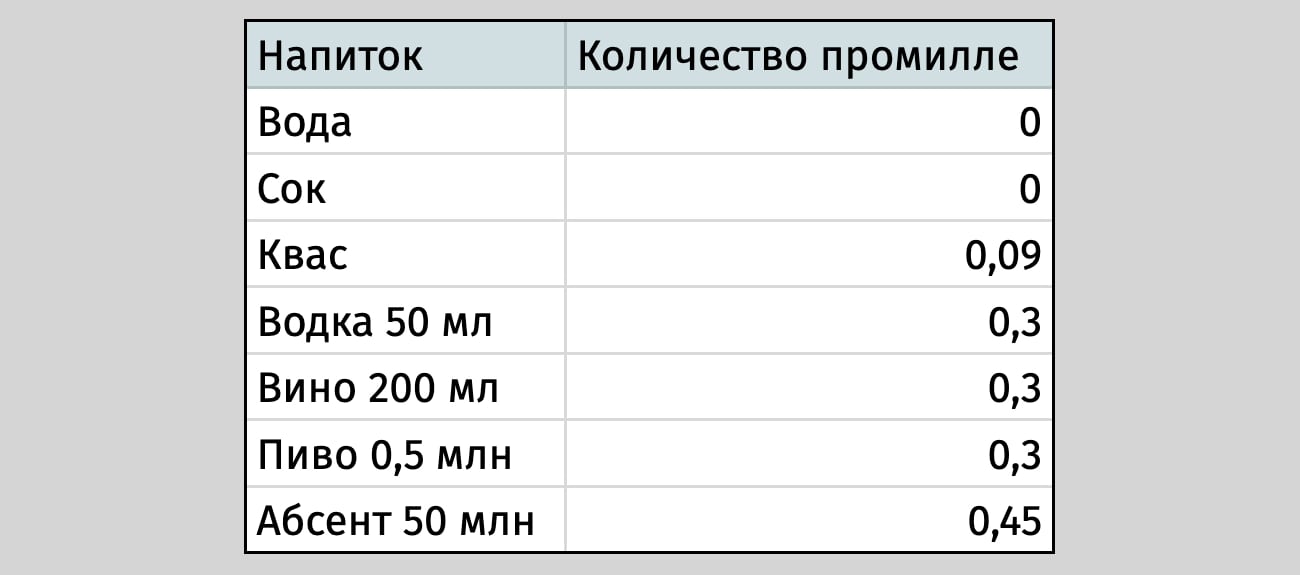
There are heavy fines for driving while intoxicated: from 60 thousand to 320 thousand ISK (from 40 to 218 thousand rubles).
If you have a high alcohol content, you can be taken into custody.
What are the penalties for violations?
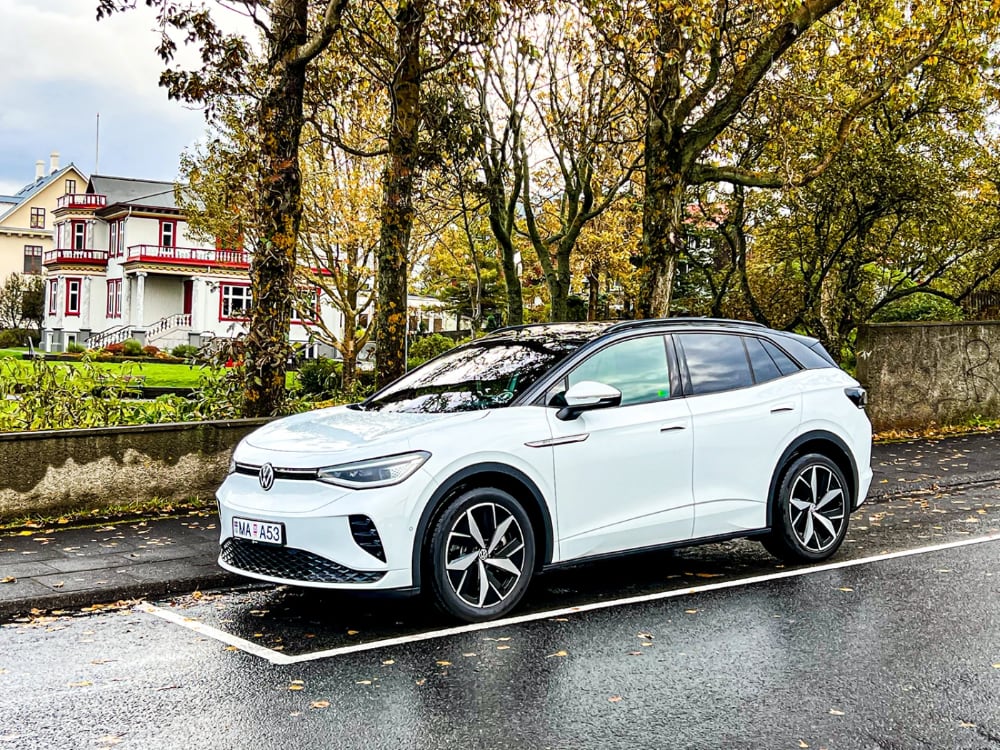
Iceland has high fines for traffic violations.
Here are some of them:
︎ Driving at a speed of more than 67 km/h when the speed limit is 30 km/h: 90 thousand ISK (61 thousand rubles)
︎ Driving at a speed of more than 160 km/h with a limit of 90 km/h: 240 thousand ISK (163 thousand rubles)
︎ Using a mobile phone while driving: 40 thousand ISK (27 thousand rubles)
︎ Running a red light: 30 thousand Icelandic kroner (20 thousand rubles)
︎ Driving without a seat belt: 20 thousand Icelandic kroner (13 thousand rubles)
︎ Running a red light on a bicycle: 20 thousand Icelandic kroner (13 thousand rubles)
There are many cameras in Iceland that automatically issue fines for violations.
In addition, all fines cost 20% moreif they come on buses or cars with trailers.
Causes of fatal accidents
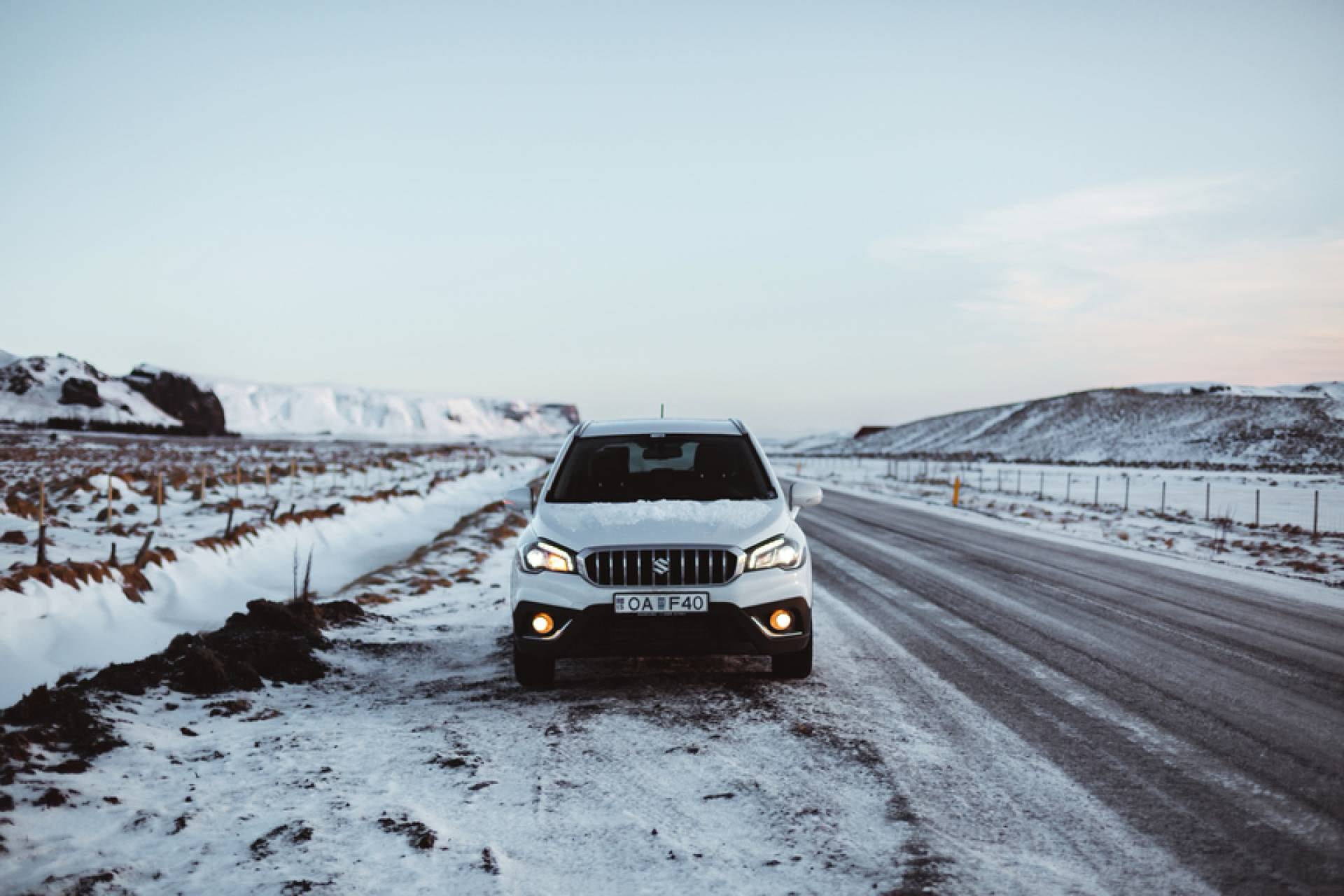
The roads in Iceland are designed in such a way that it is usually impossible to drive very fast on them. Dangerous driving is rare in the country.
The country’s authorities are very attentive to fatal accidents, trying to carefully analyze the cause of each accident.
The situation especially worsened at the beginning of 2024. In 17 days since the beginning of the year, 5 people died in accidents in Iceland. This is the highest death toll since 1977.
Director of Communications at the Icelandic Transport Authority Thorhildur Elinardottir reportedthat over the past 10 years, smartphones while driving and electric scooters have become common causes of accidents.
Of course, it is necessary to respond to the challenges that we have faced in recent years, which were very diverse. Over the past ten years, this has included the use of phones while driving, the rise of tourism, electric scooters and much more.
Þórhildur Elinardóttir, Director of Communications, Icelandic Transport Authority
Tourist numbers in Iceland have surged since coronavirus, with rental cars the most popular way for tourists to get around the country. Not all drivers are ready to drive in unfamiliar terrain and unusual conditions. This is also reflected in statistics: On average, 2-4 tourists die every year in Iceland as a result of road accidents.
How to get a license in Iceland
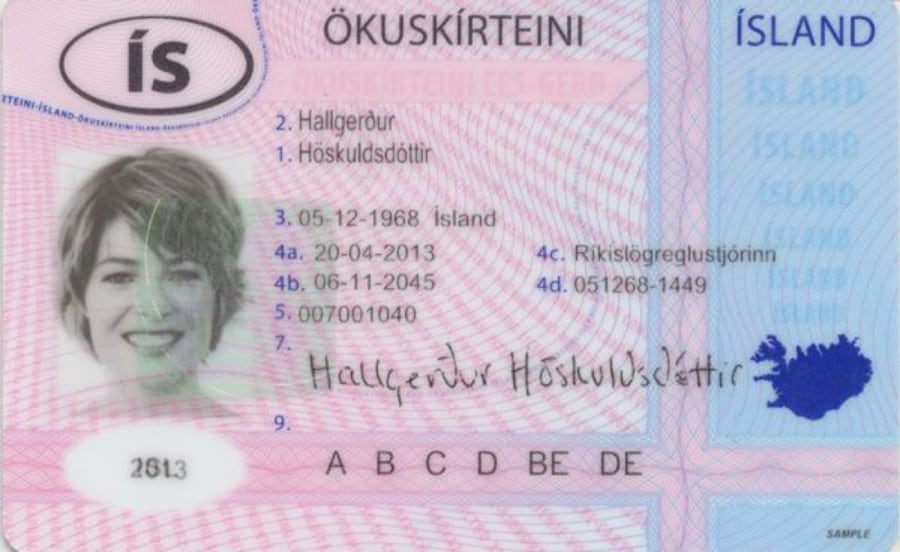
Driving license in Iceland
The process of learning and obtaining a driver’s license in Iceland is similar to Russia, but there are a few notable differences.
Driver training begins from theoretical classes in a driving school (minimum 25 hours), then you need to undergo practical training with an instructor in a training car (17-25 hours).
The theoretical exam is written, followed by practice.
You can get a license in Iceland from the age of 17. All novice drivers are issued a temporary license for a period of 1 to 3 years. Upon expiration of the term and in the absence of penalty points, the license is changed to permanent (valid for 15 years).
A driving assessment must be obtained from an instructor before a permanent license can be issued. When assessing driving, the instructor checks whether the driver’s self-assessment corresponds to his actual abilities. This procedure usually takes 50 minutes, of which 30 minutes are allocated for driving and 15 minutes for discussing errors.
If the driver fails the assessment, he will not be able to obtain a license and will have to take it again.
Brief summary
Road safety in Iceland is a consequence of several factors: a small number of roads, a small population (382 thousand people), high fines, calm traffic and high-quality infrastructure.
The residents of Iceland themselves also take a responsible approach to driving and try not to speed or drink while driving.
Source: www.iphones.ru


